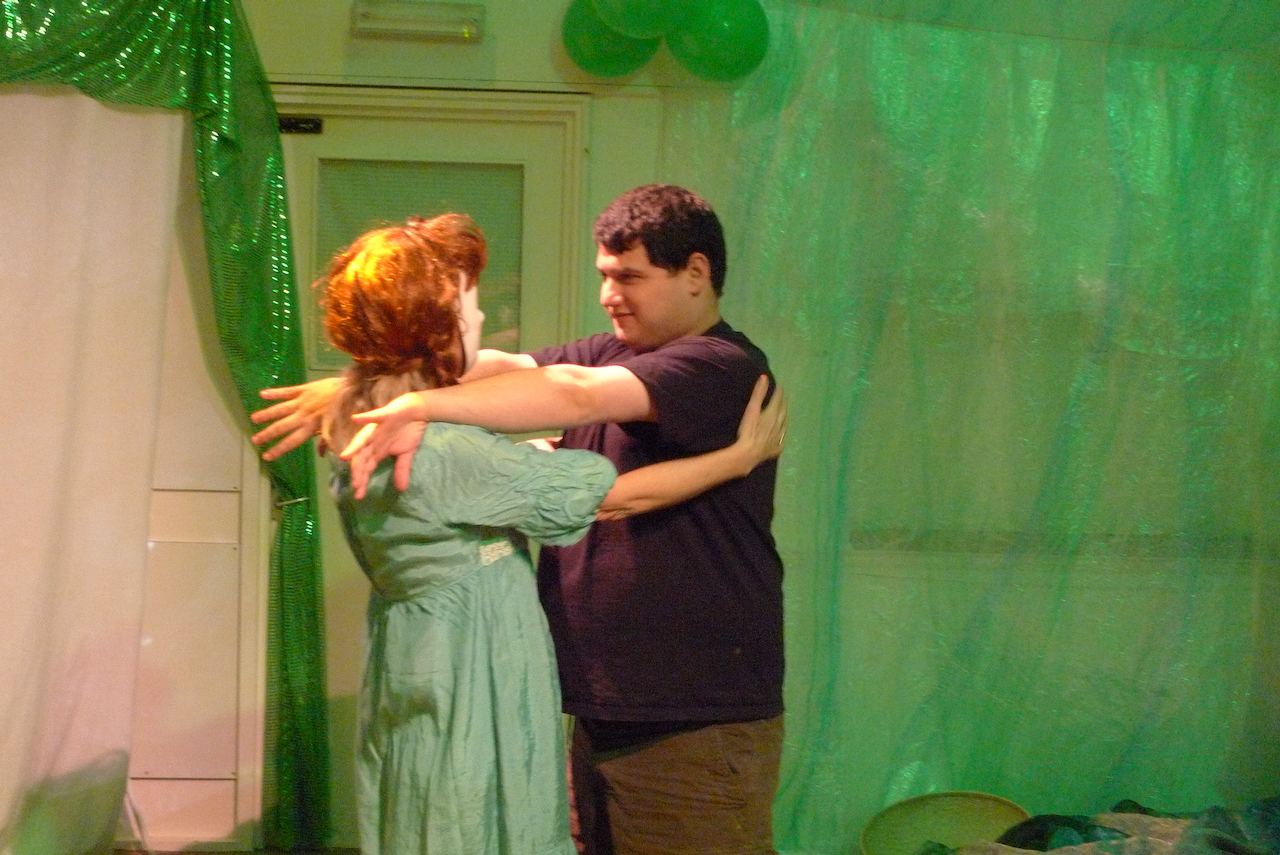Characters
Using characters as a theatrical device can
serve a variety of functions. As well as simply being the inspiration for a
workshop theme i.e. Marco Polo, inspiring a workshop situated in Venice,
characters can inform the way workshops are structured and bring focus to
certain activities, without being prescriptive or using a lot of language,
rather modelling and encouraging engagement. A character can lead clients
through a narrative, bringing focus to a specific activity and supporting
engagement and interaction
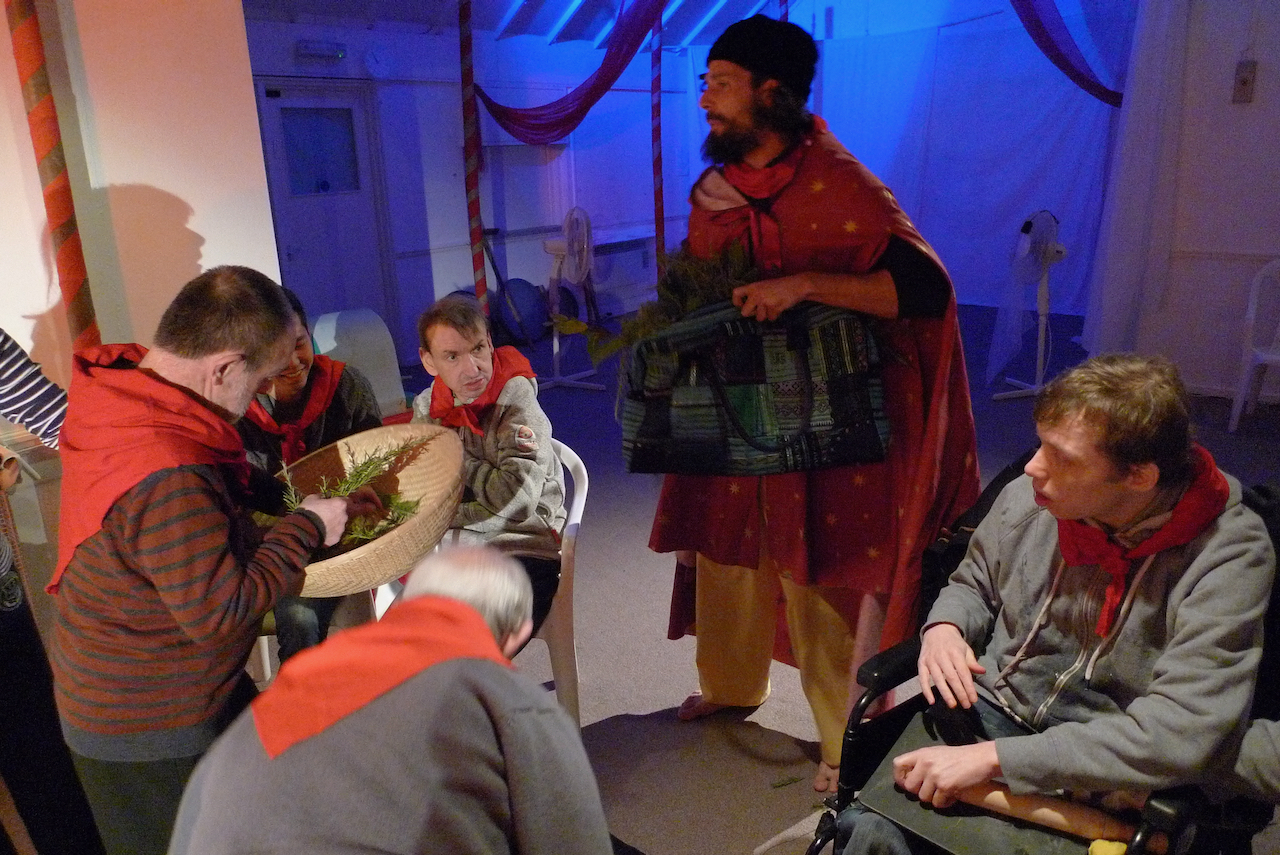
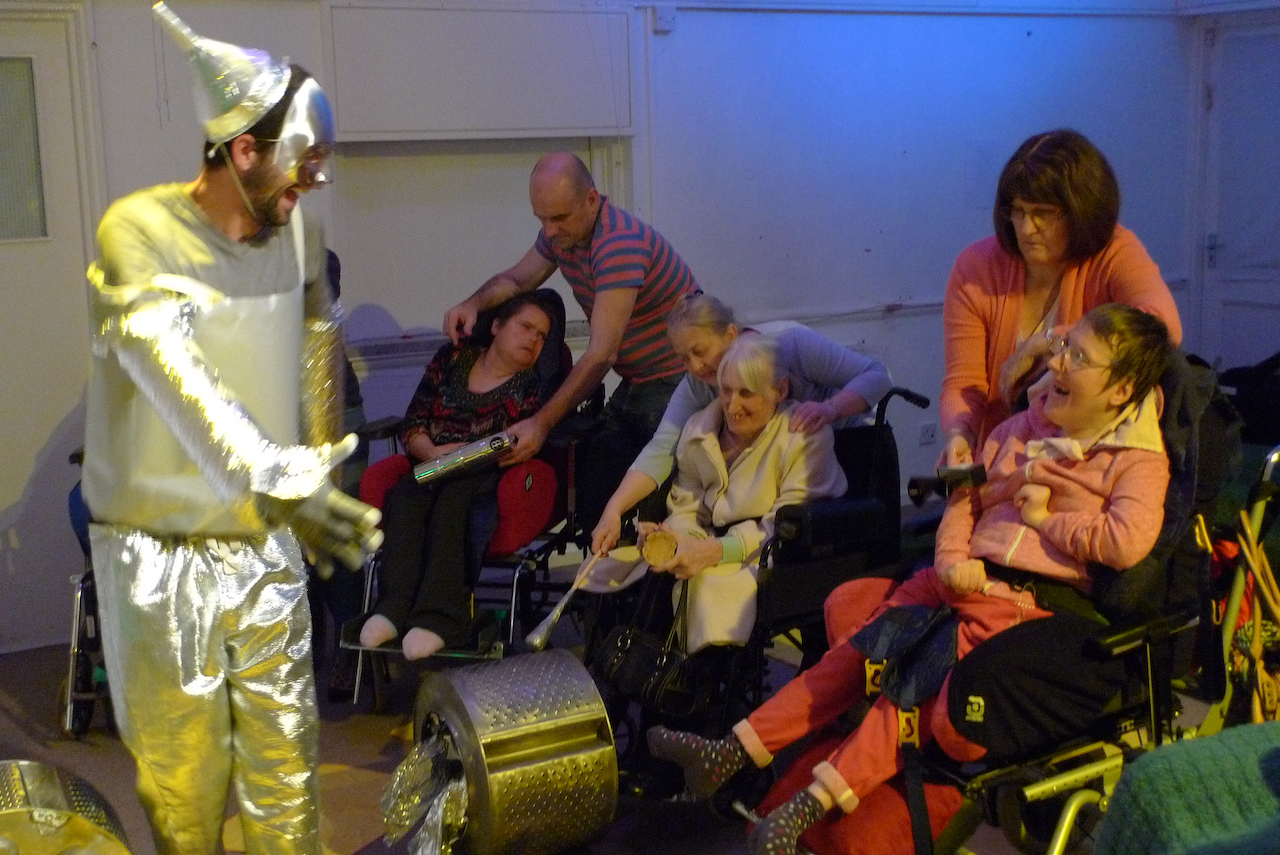
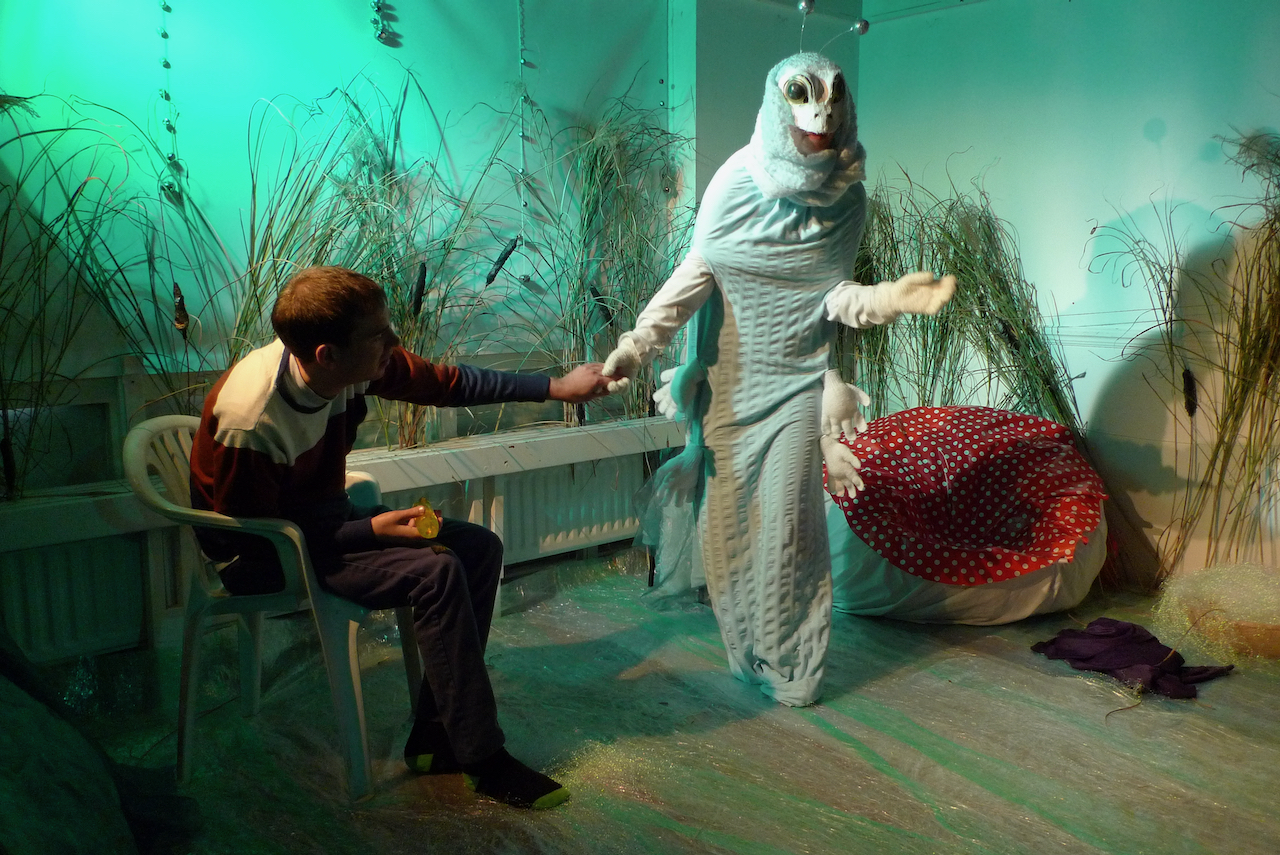
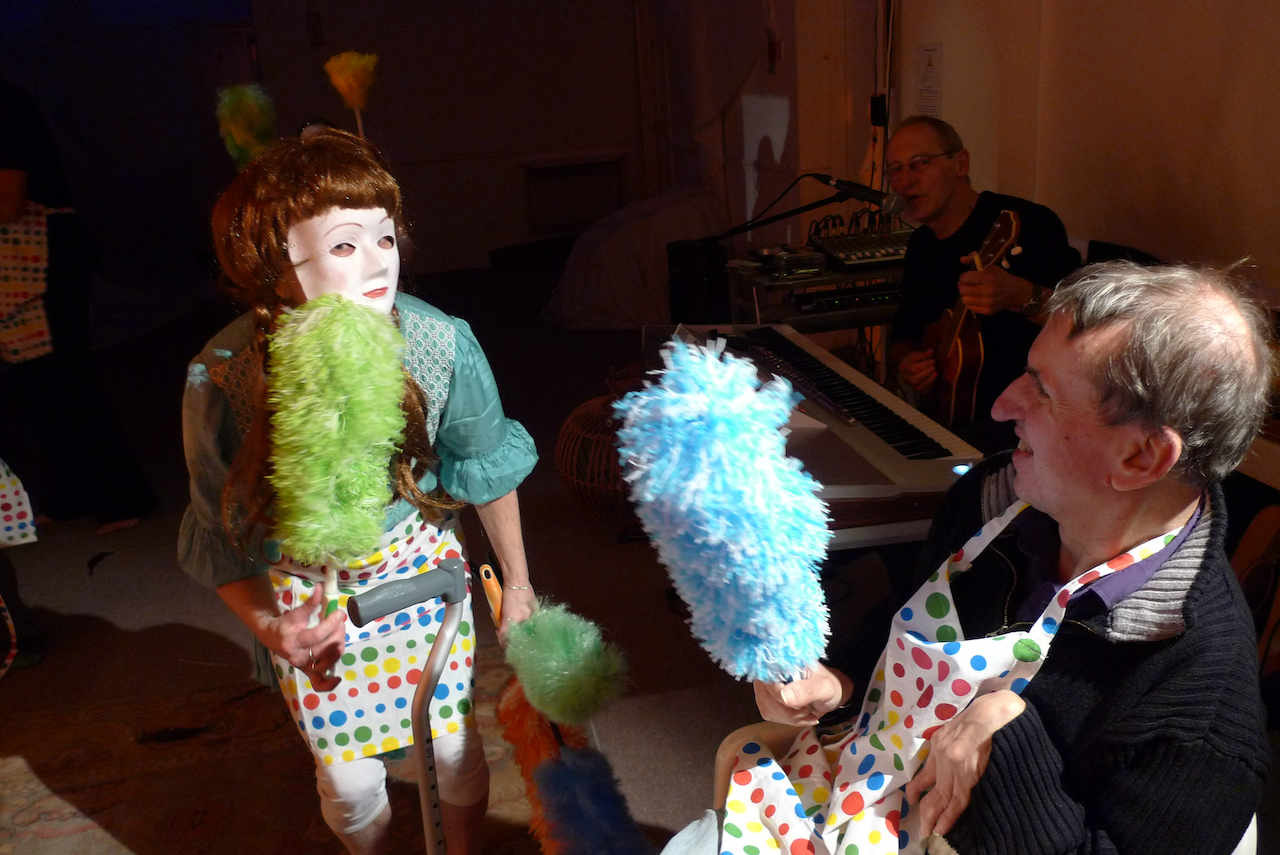
A character can appear from
nowhere - as a surprise, be drawn from a box/chest, be summoned with magic, music or vocal sounds
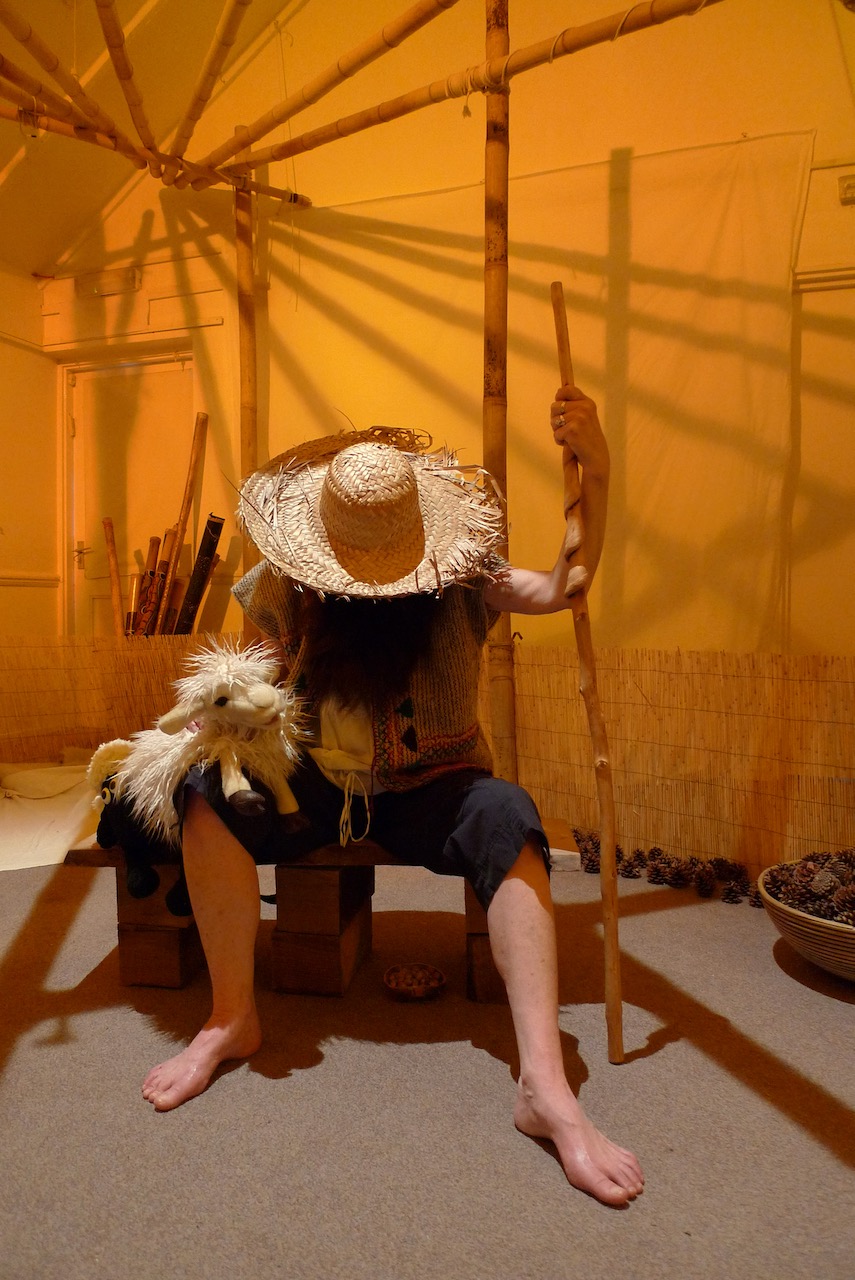

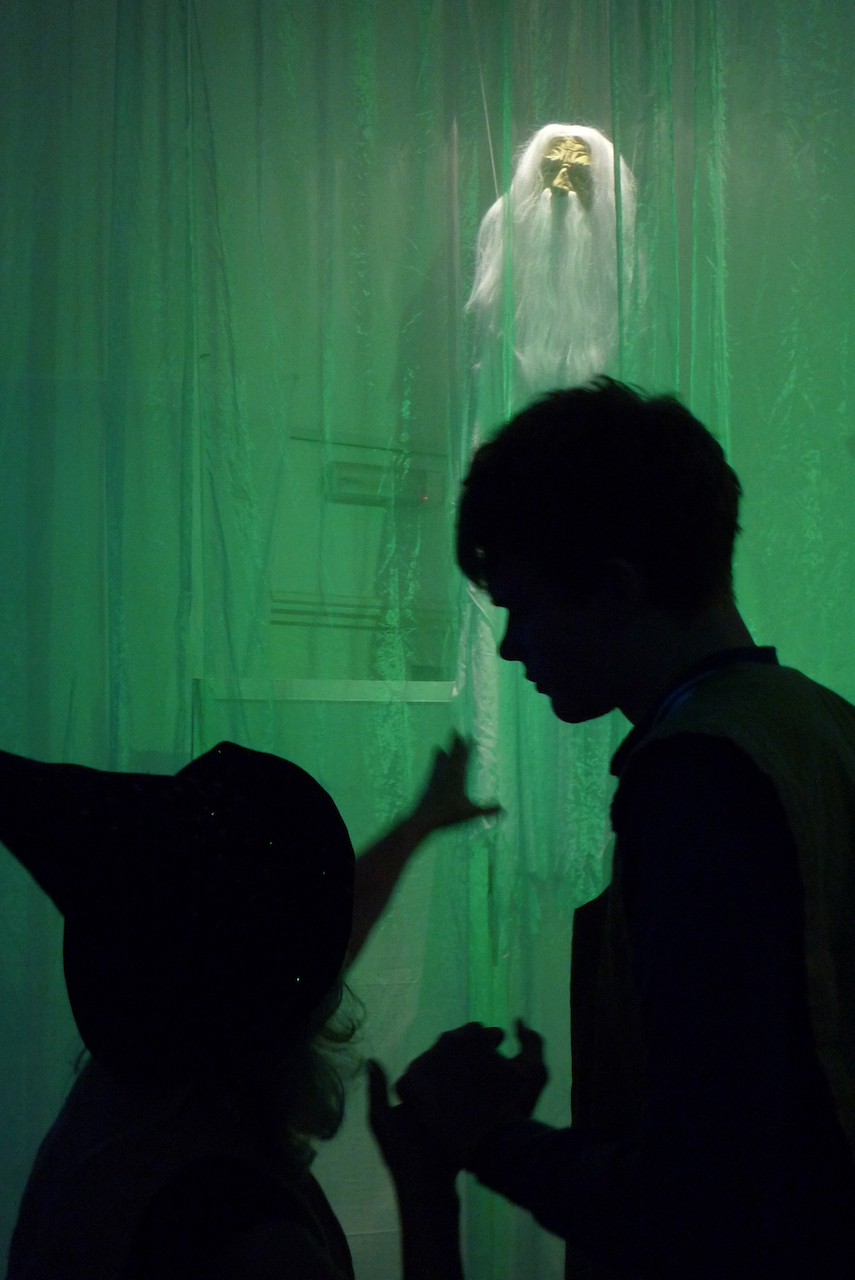
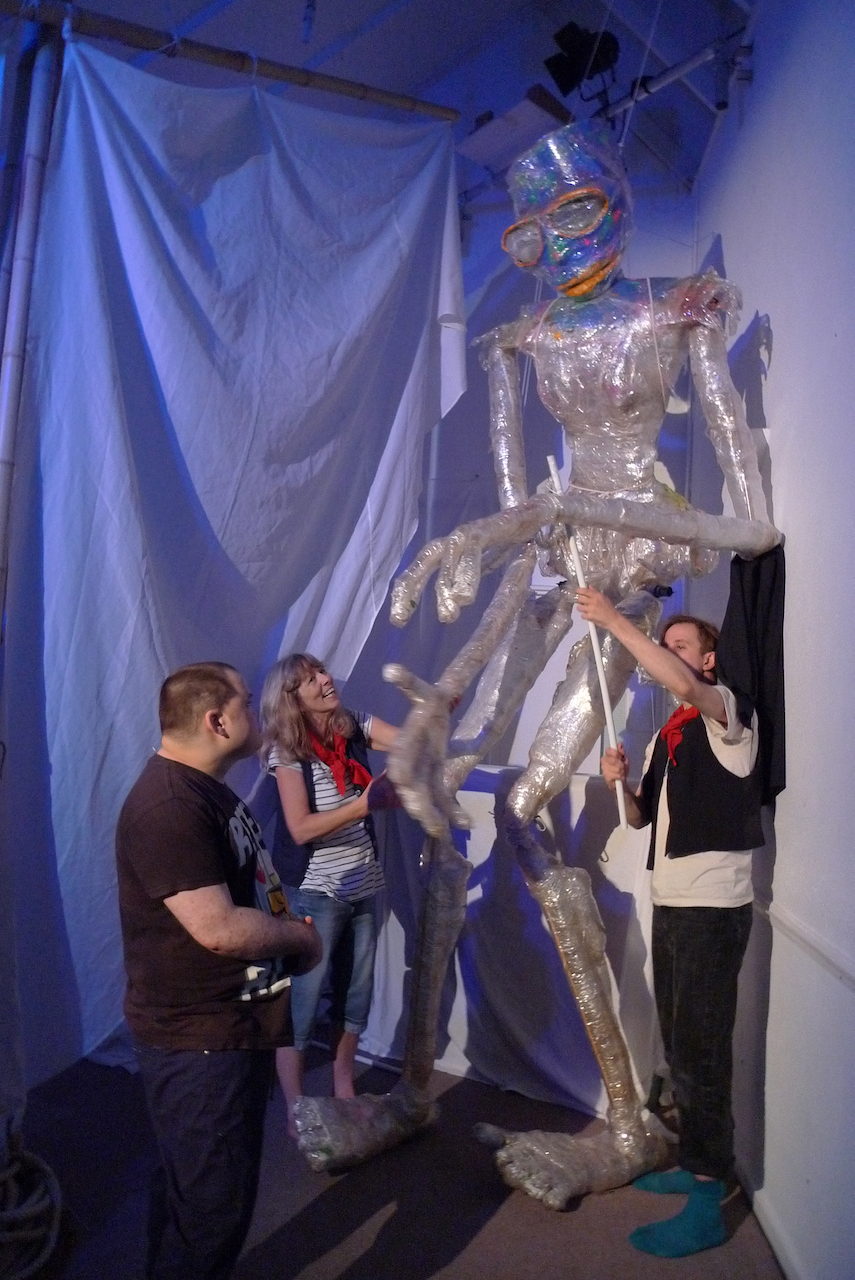
They can be costumed
and/or masked, hiding the identity of the 'actor'. Without speech, there are great opportunities for facial
expression and body language to be used to communicate with clients and
reflect their own responses
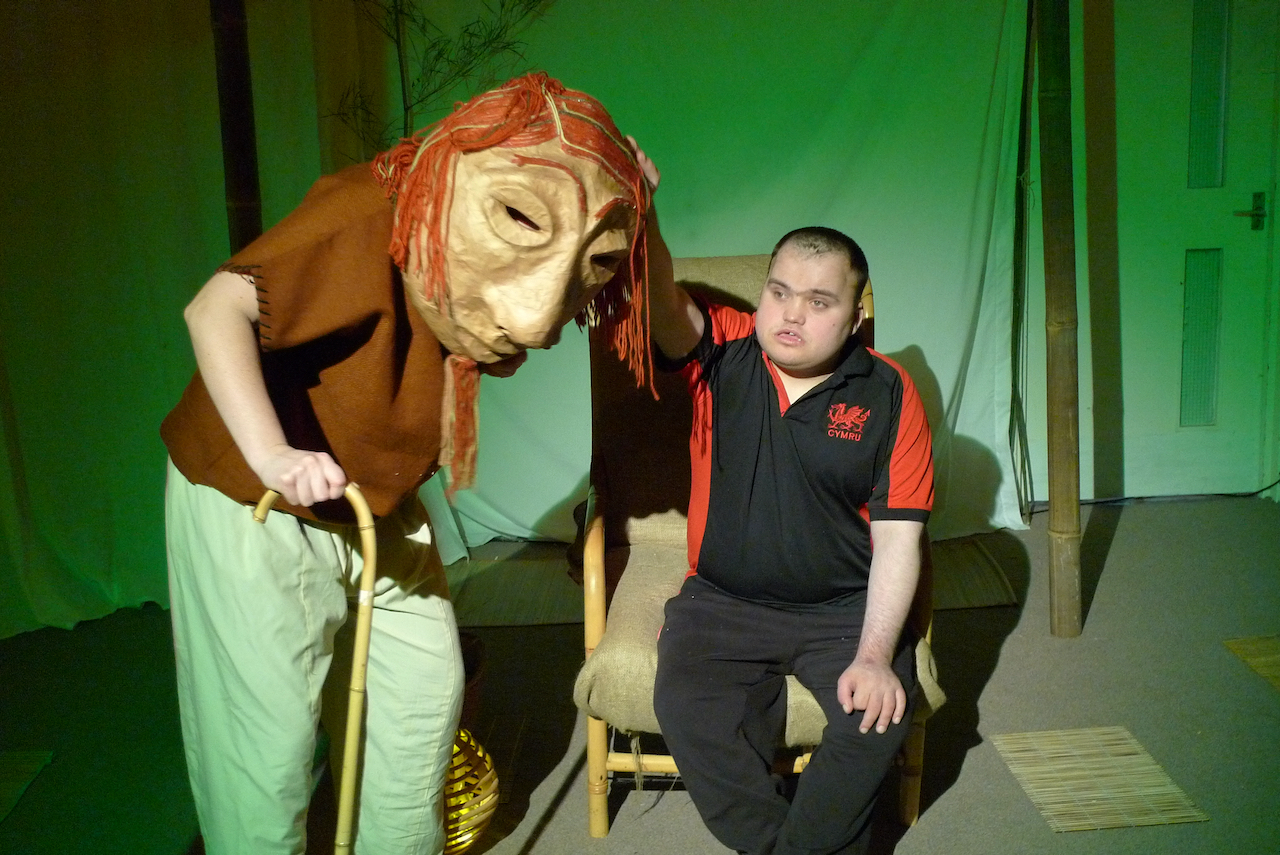
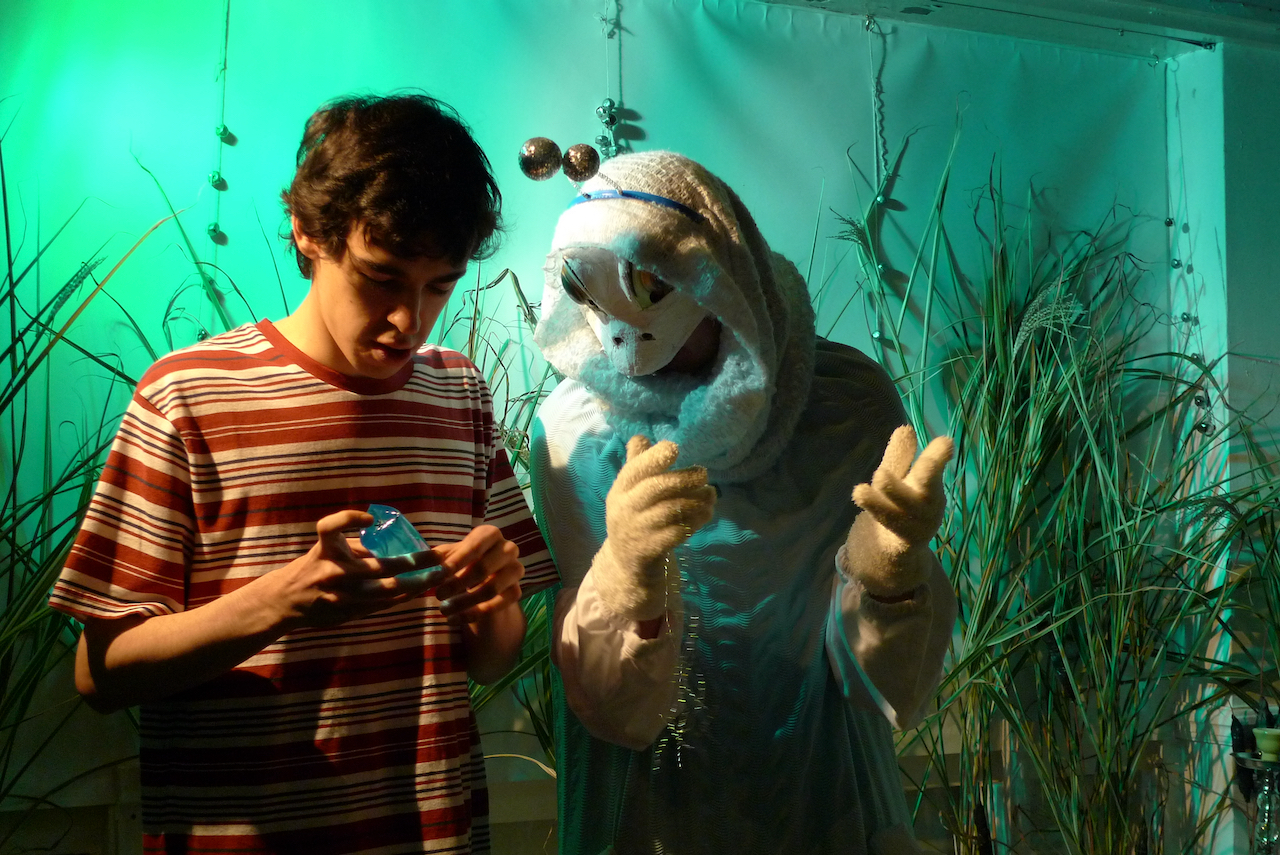
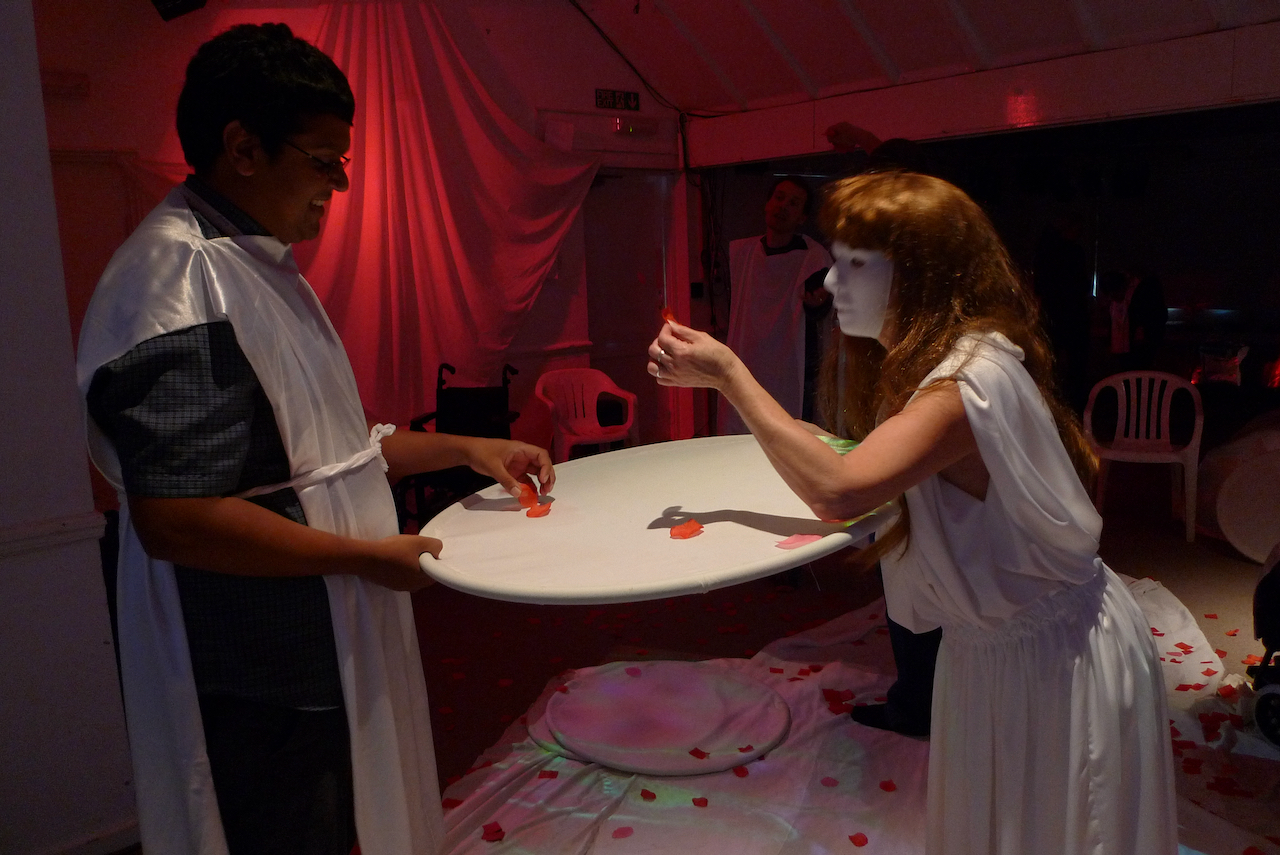
Our characters often have tactile and/or sound properties that participants can explore in order to understand something of the character they're getting to know and interacting with
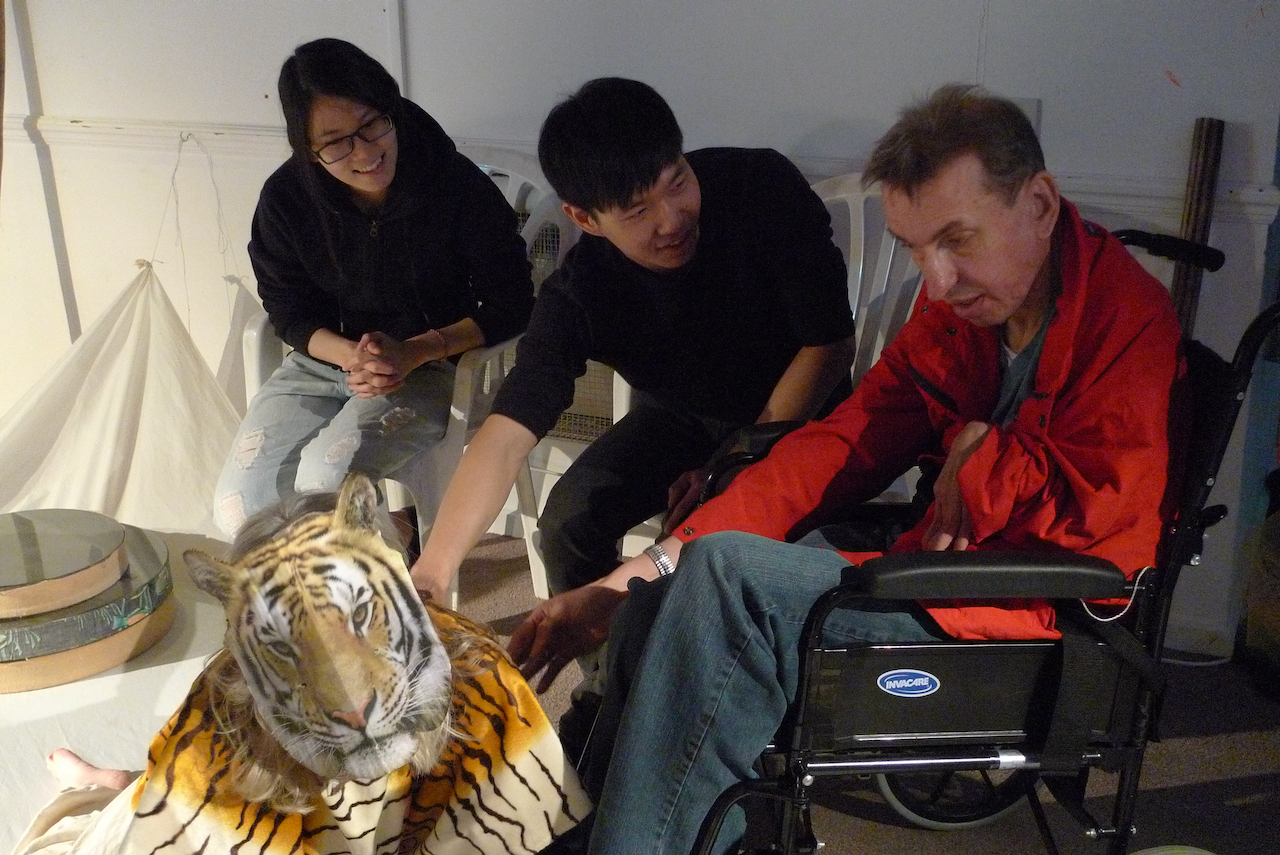
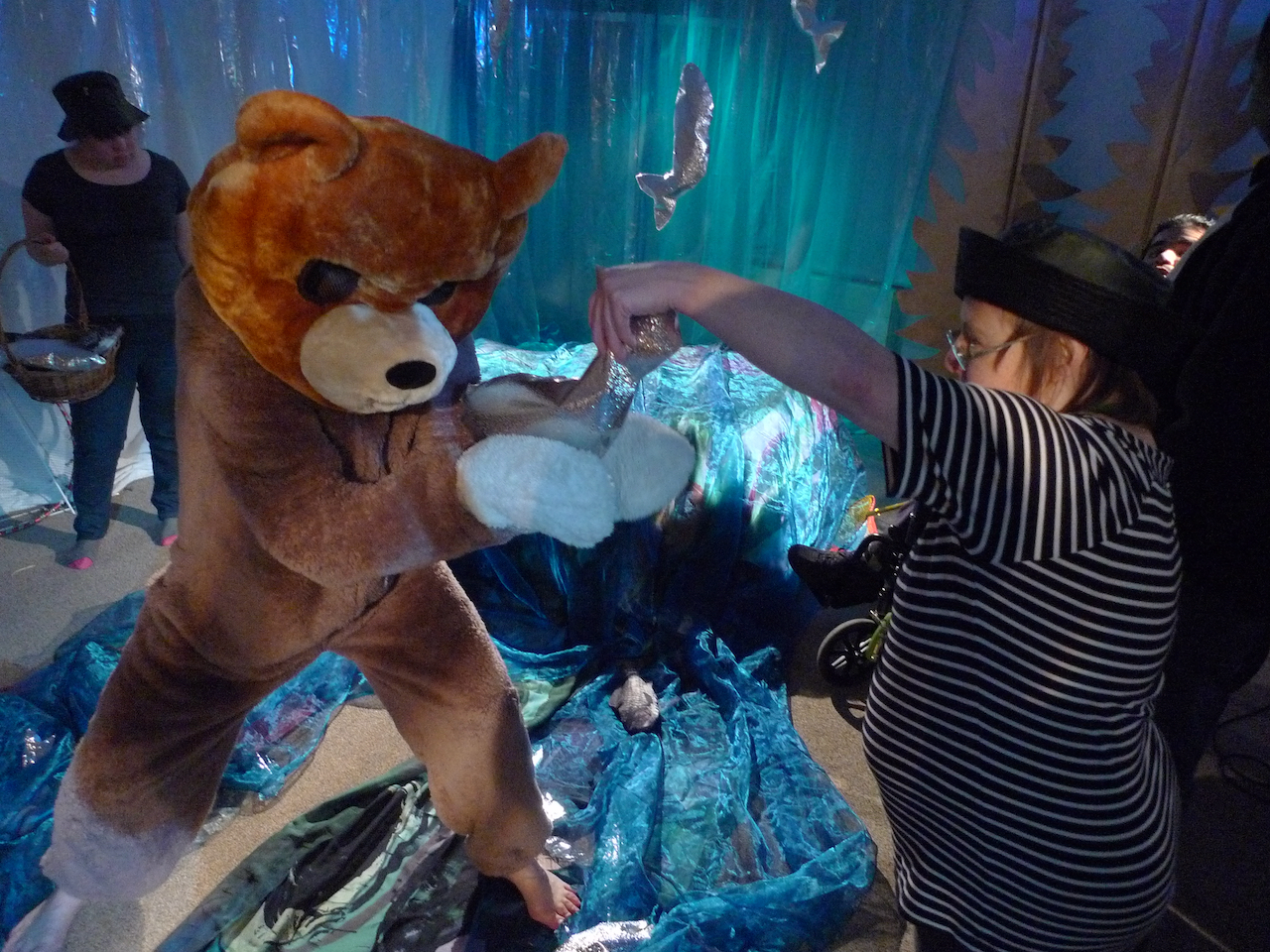
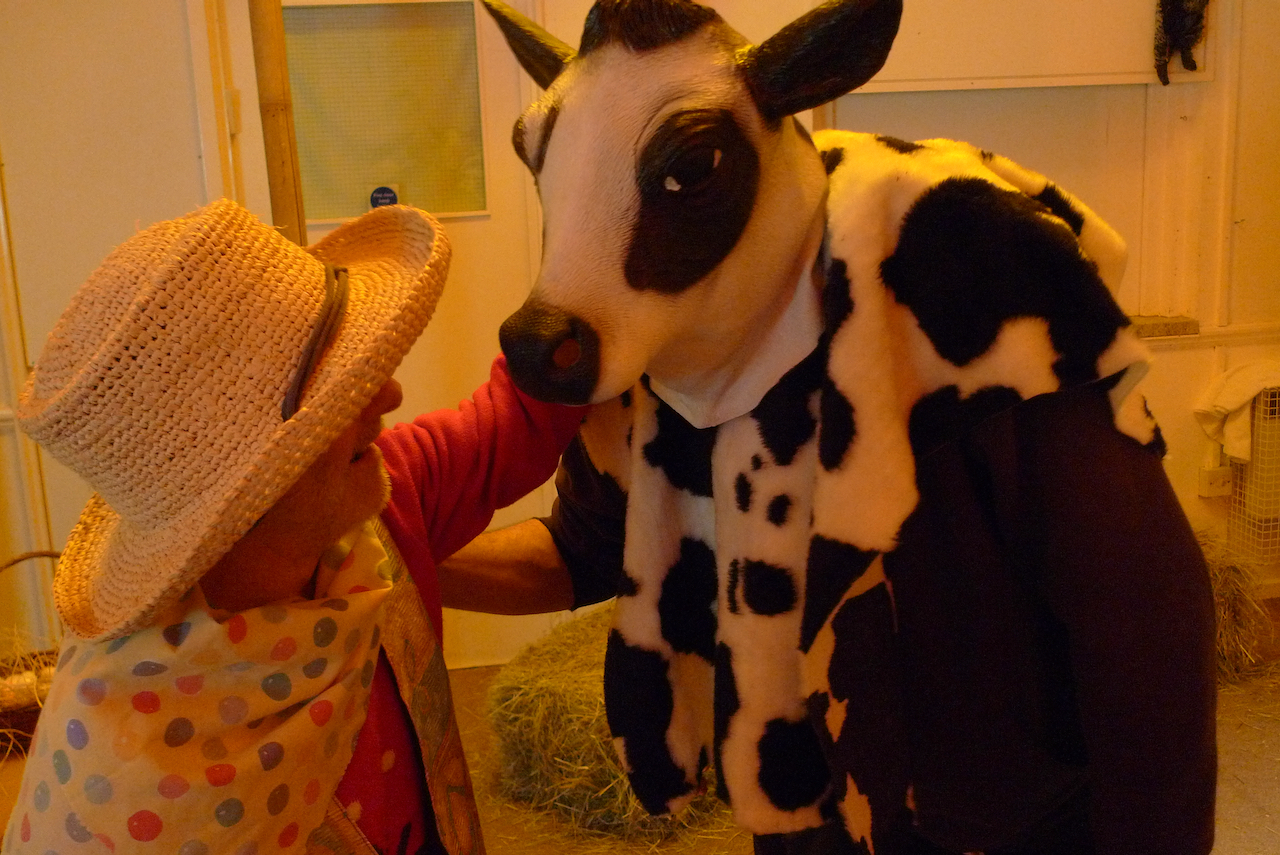
A character can encourage
movement and dance within a safe context

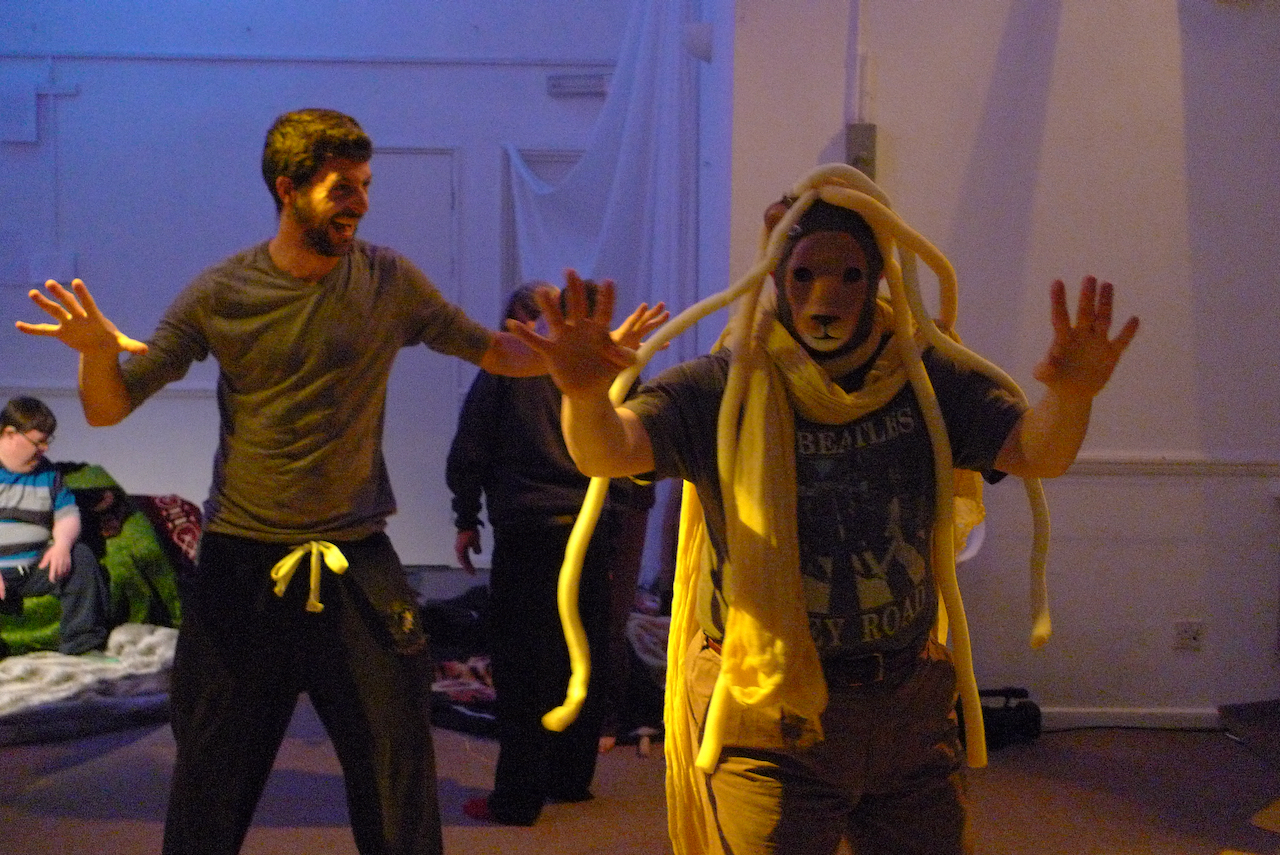
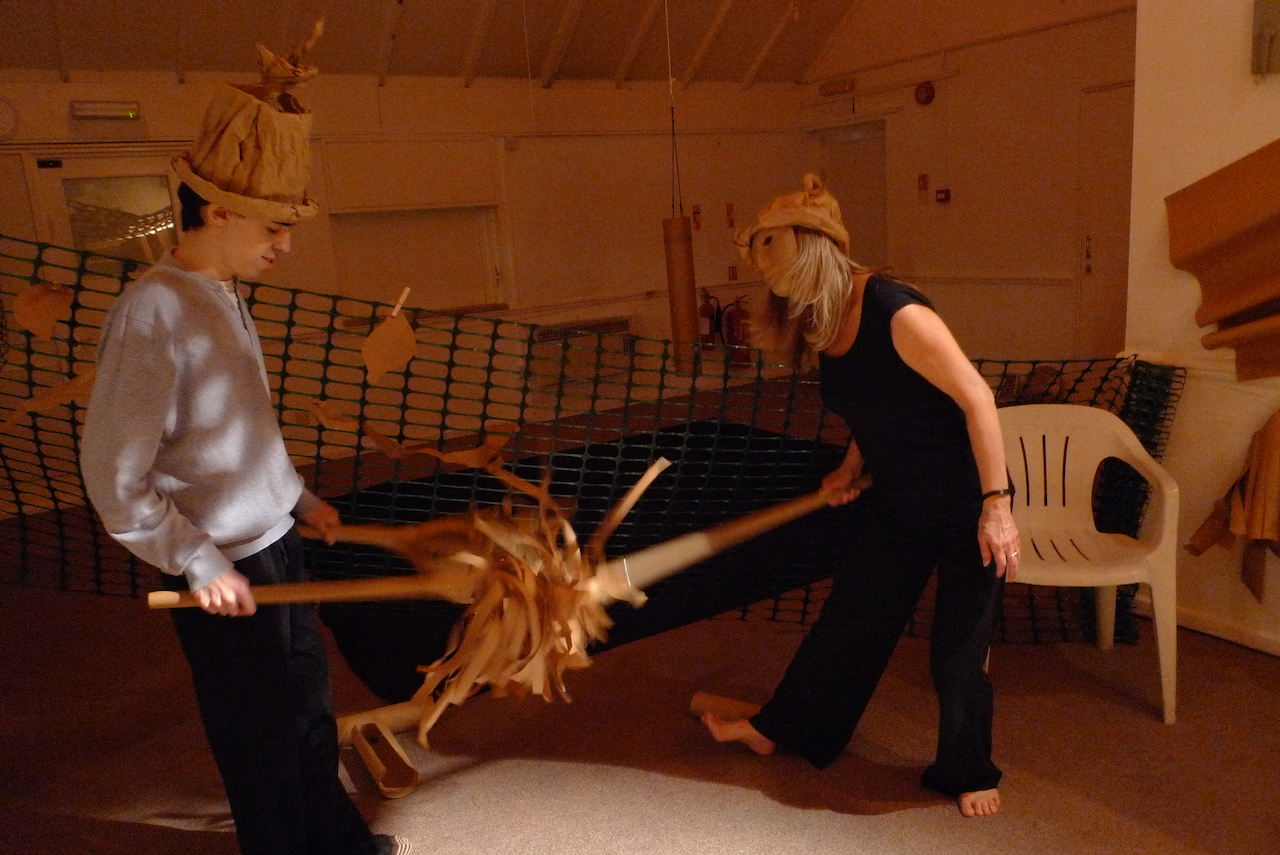

A character can enable people to
overcome fears and phobias, to succeed, to be brave
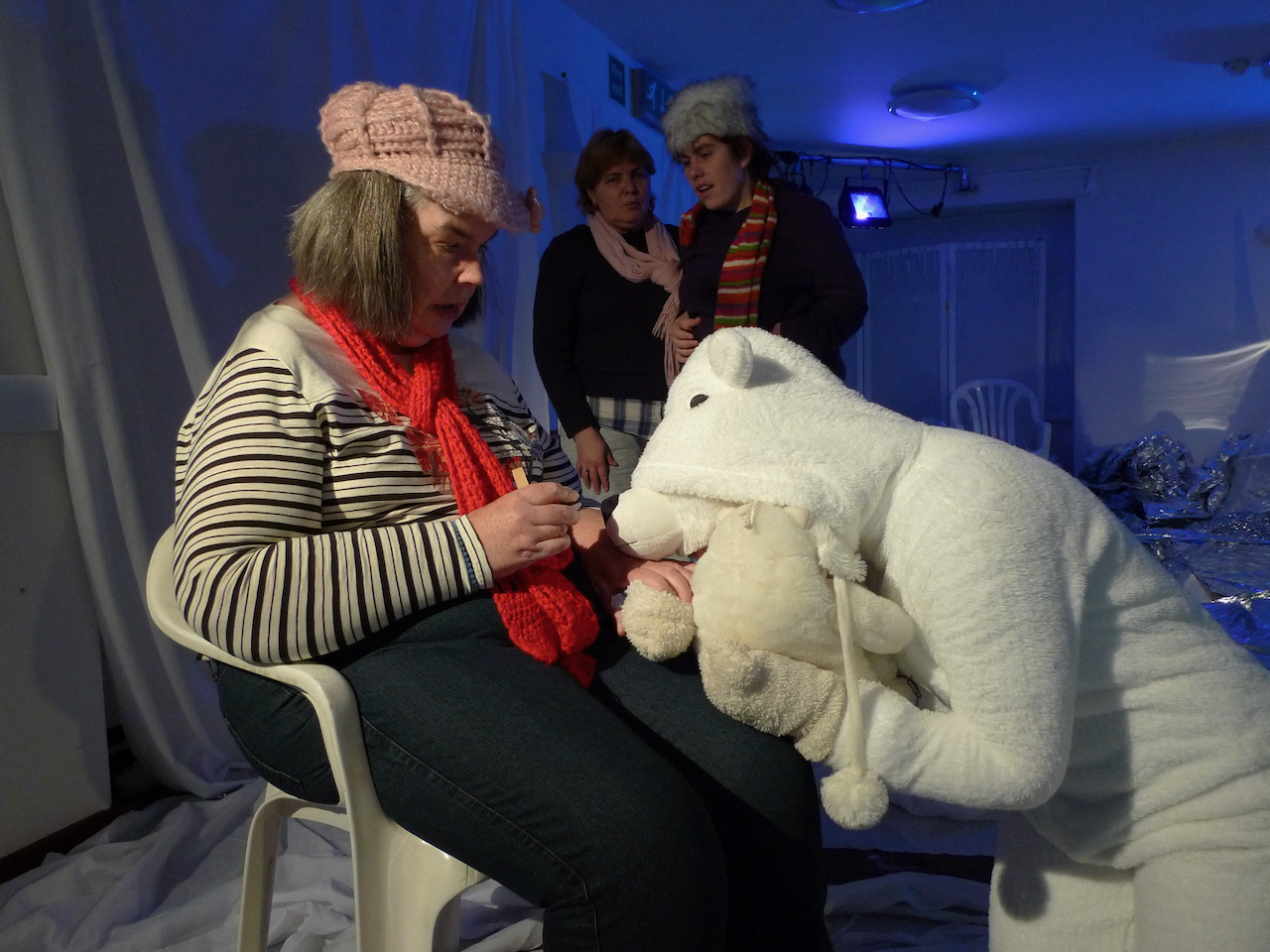
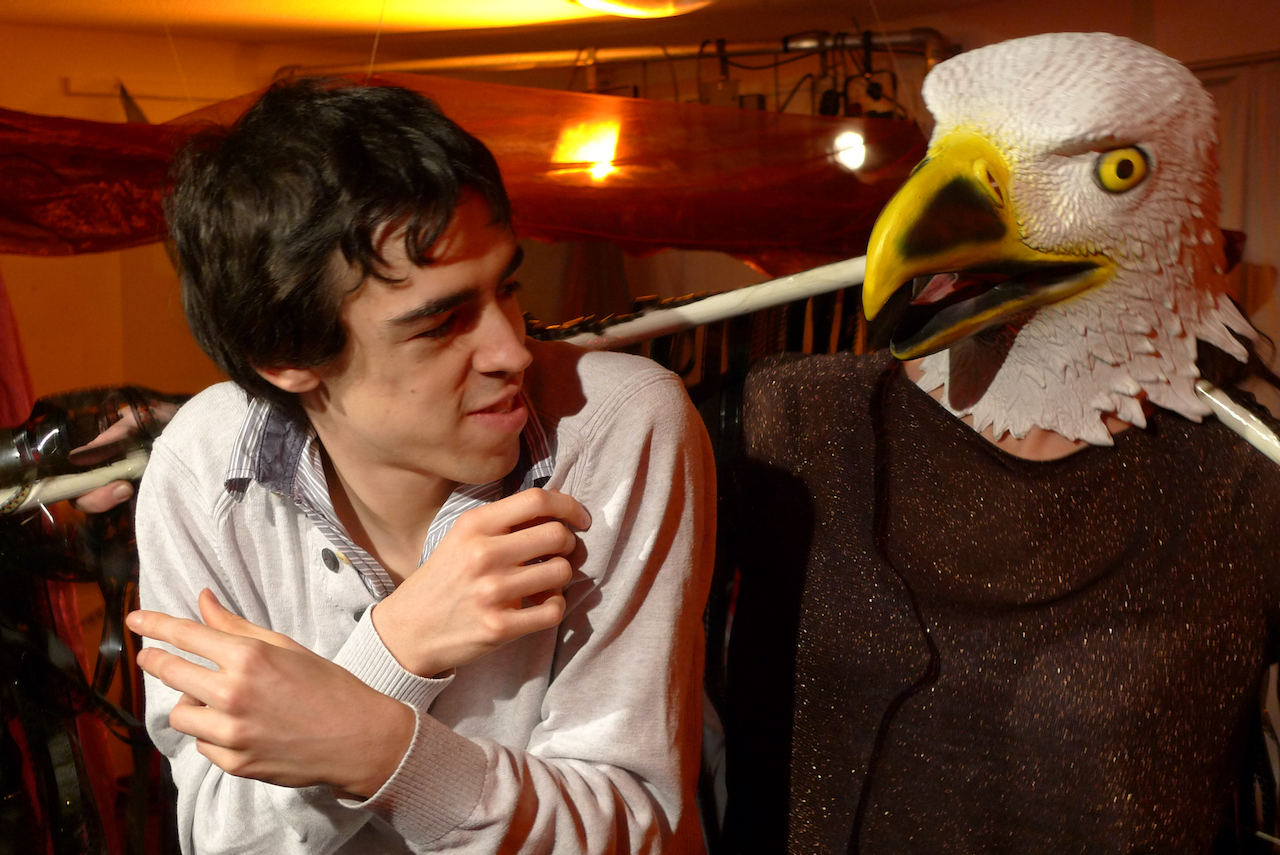
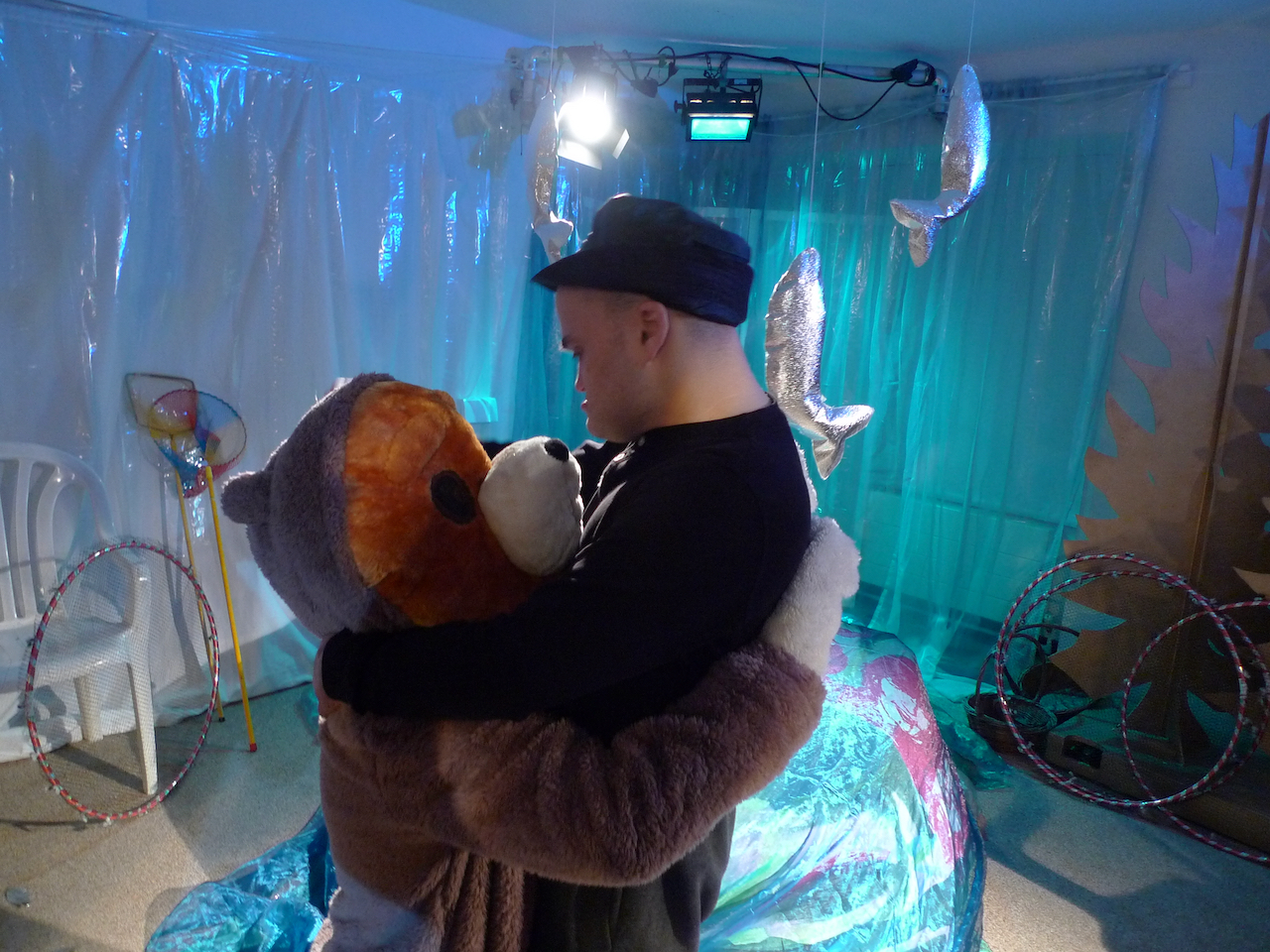
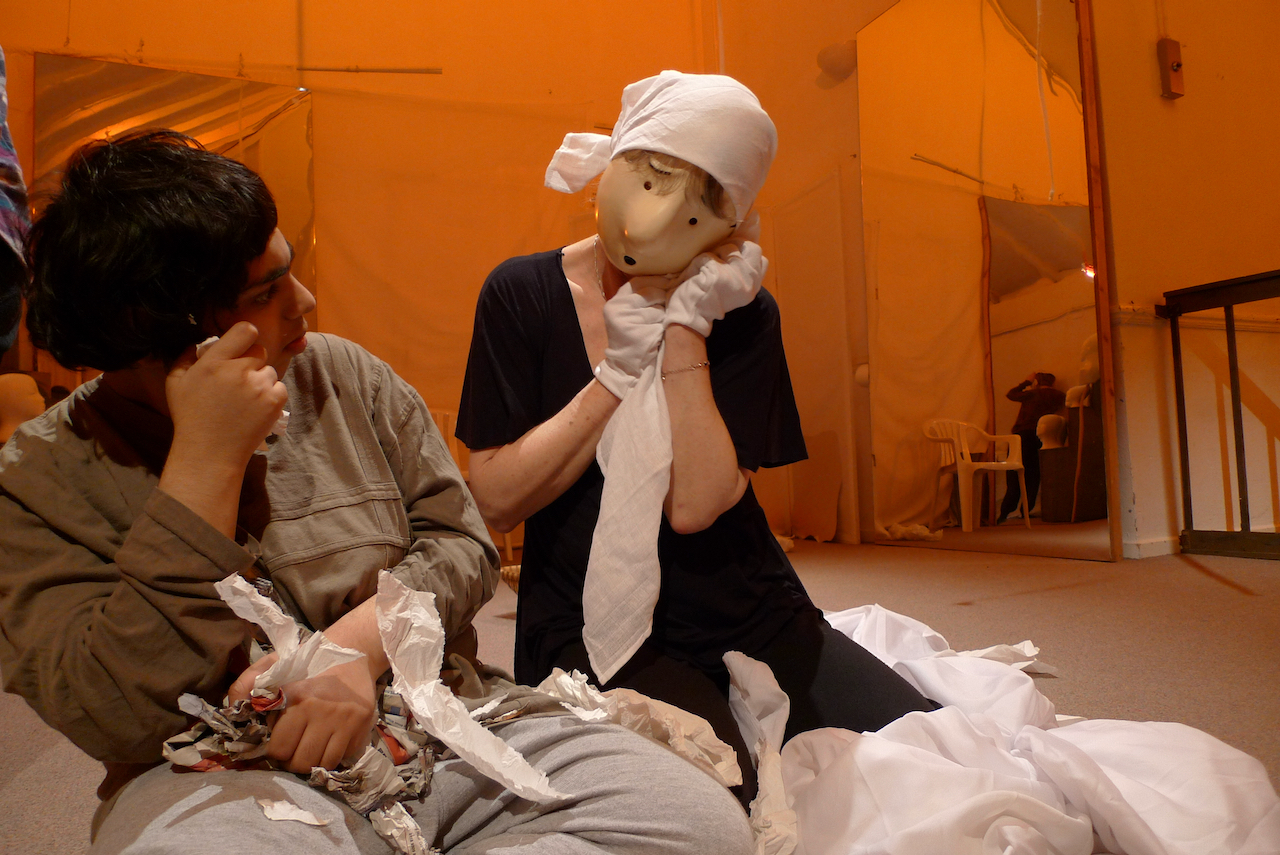
The use of characters can provide
opportunities for fun and games, for mischievousness and laughter
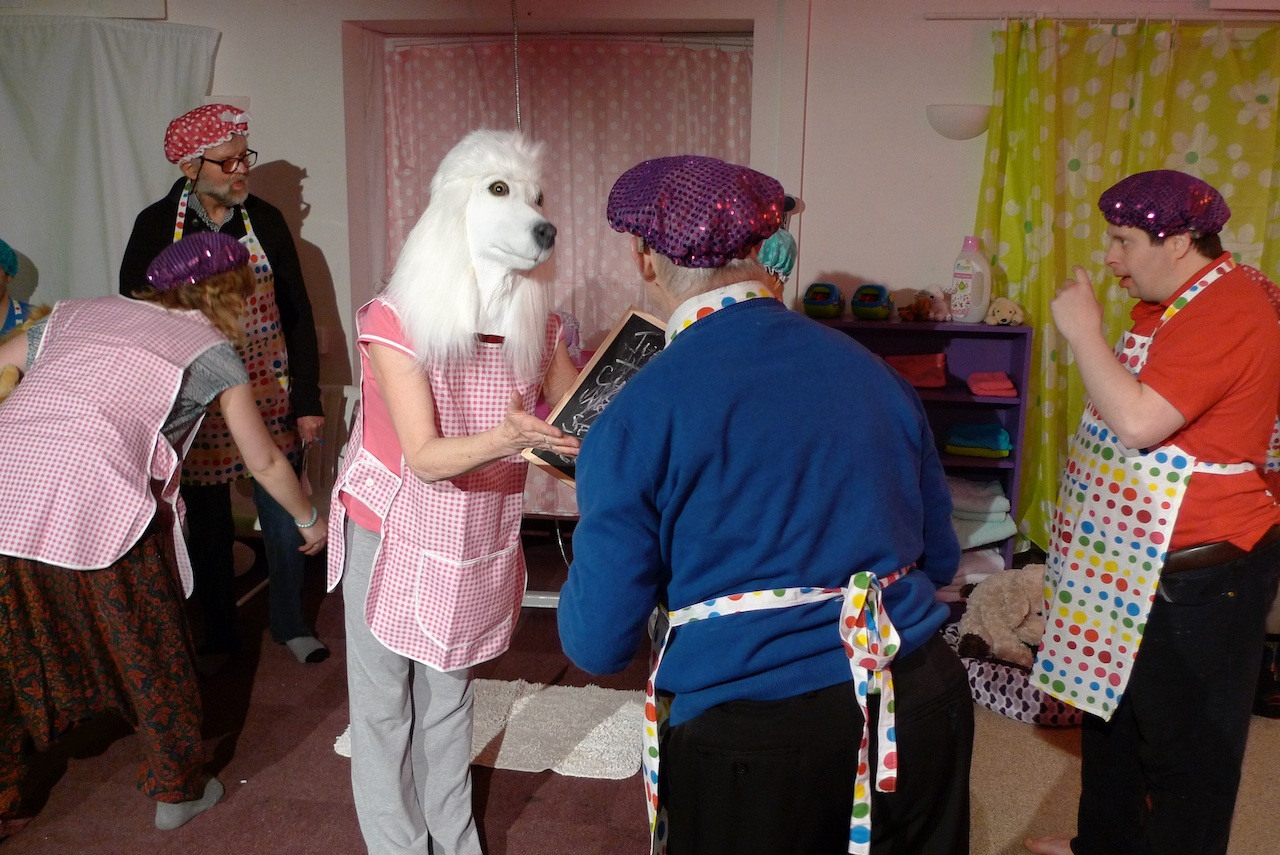
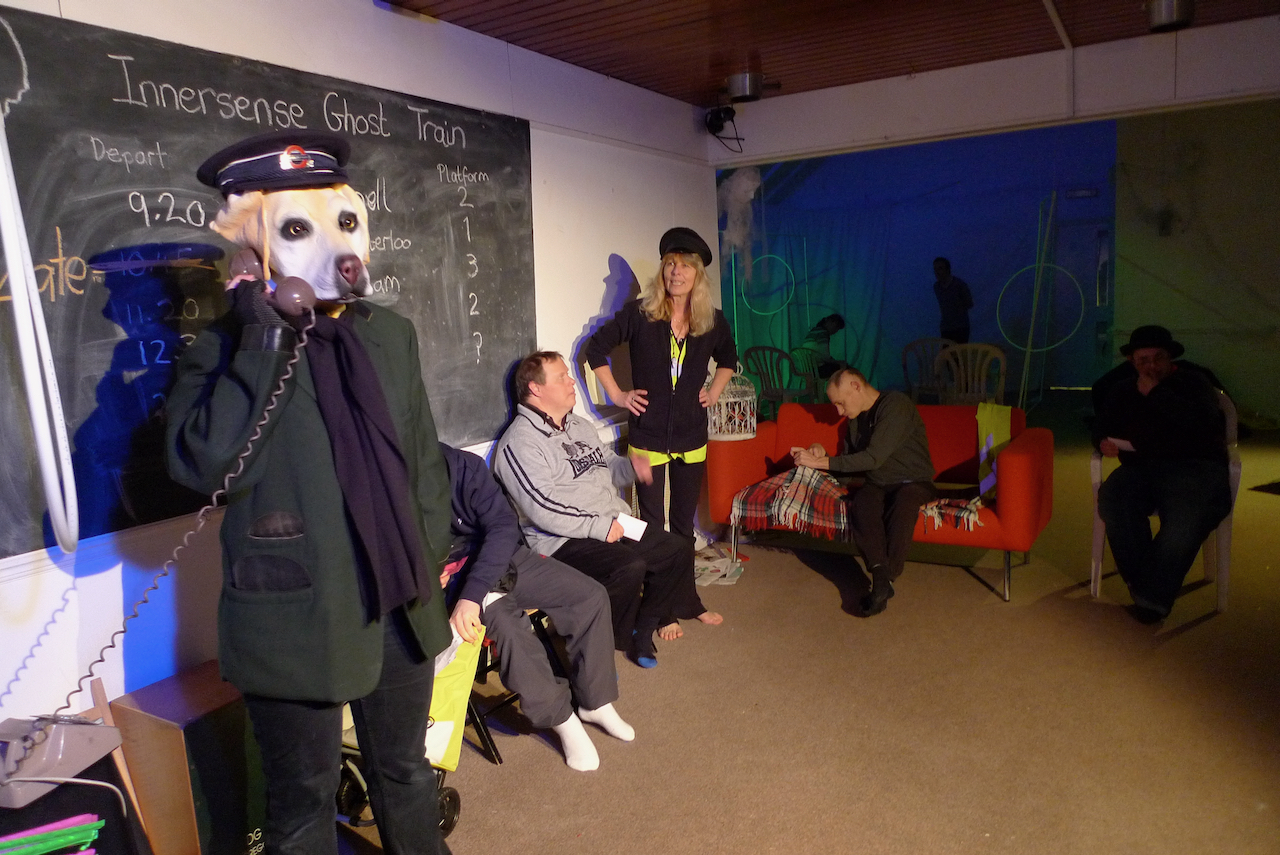
They can enable clients to participate in role-play, either responding to a character, or taking on that role themselves
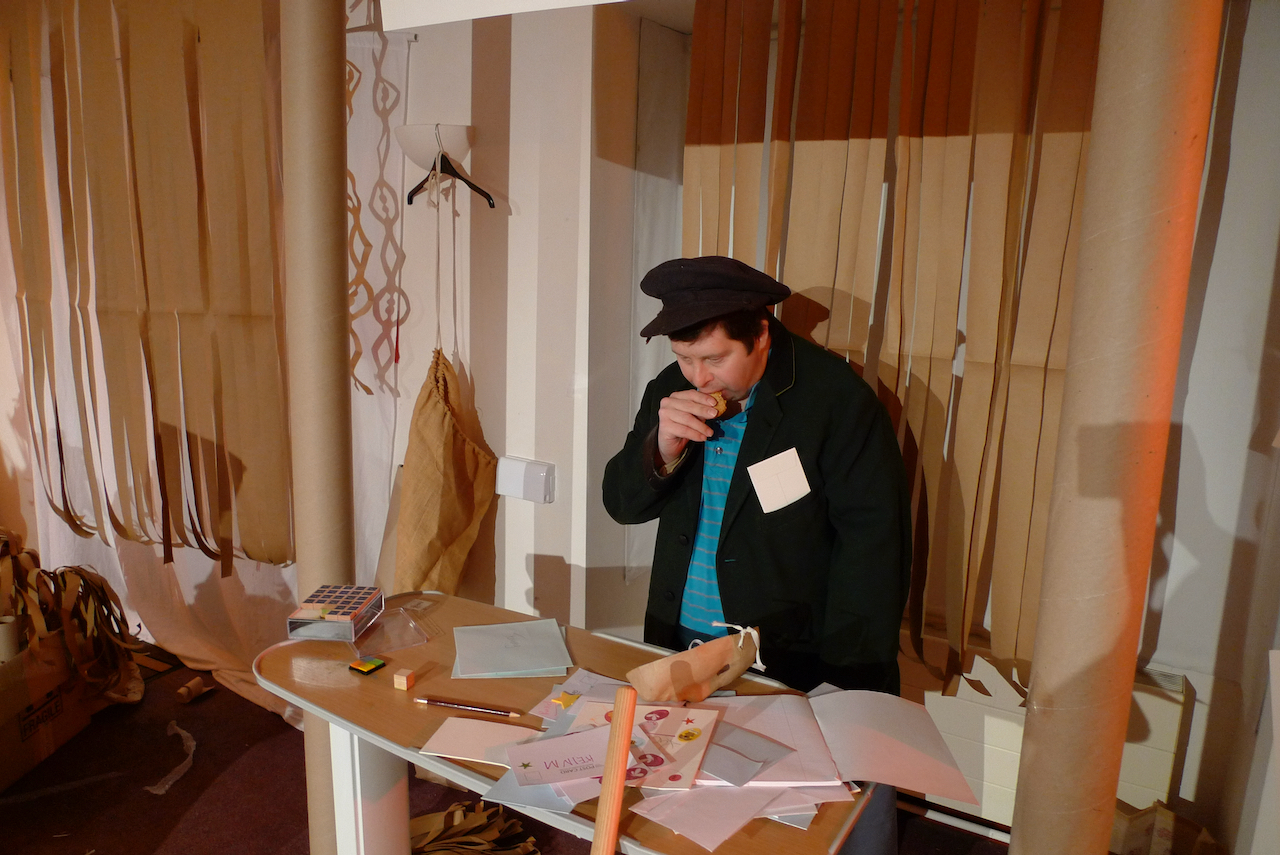
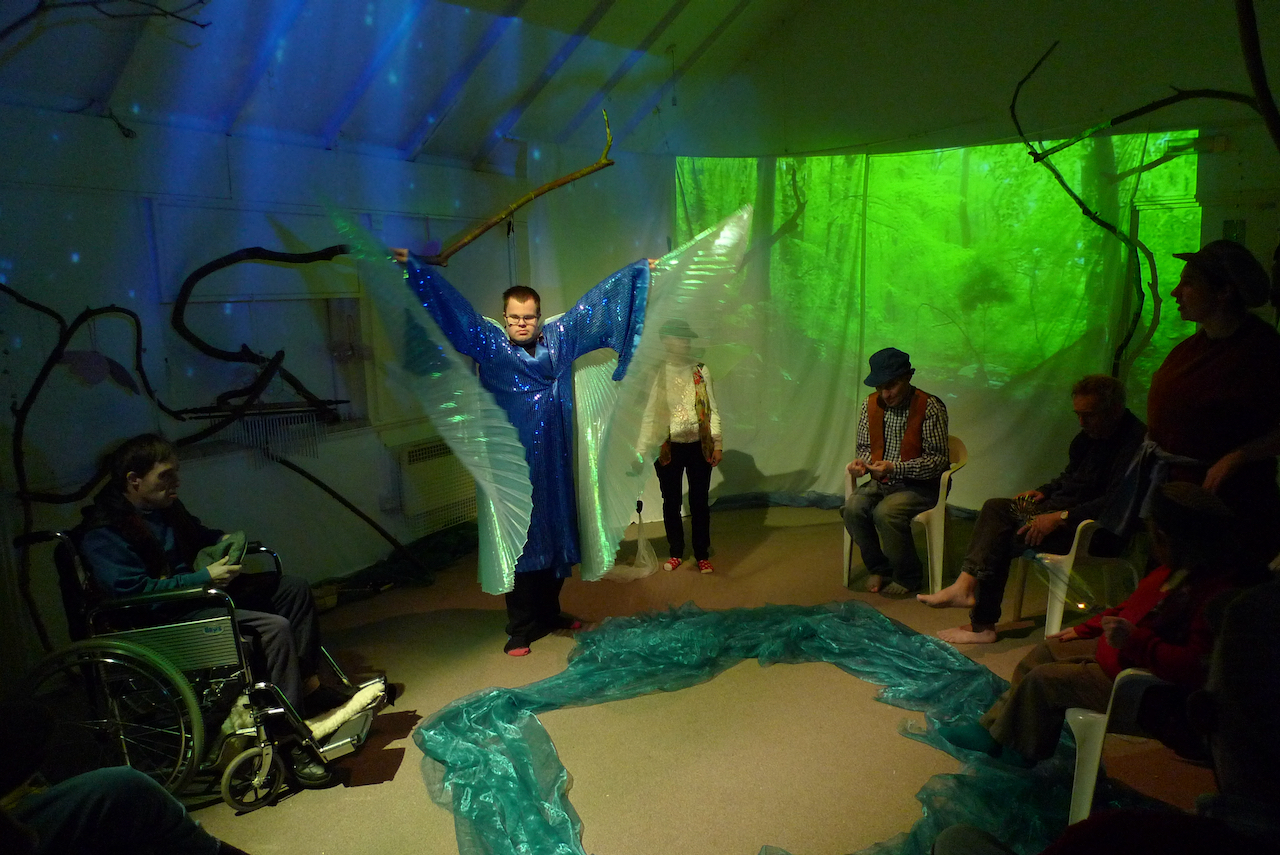
The character can take the form of
a puppet,which many clients find easier to deal with than a human.
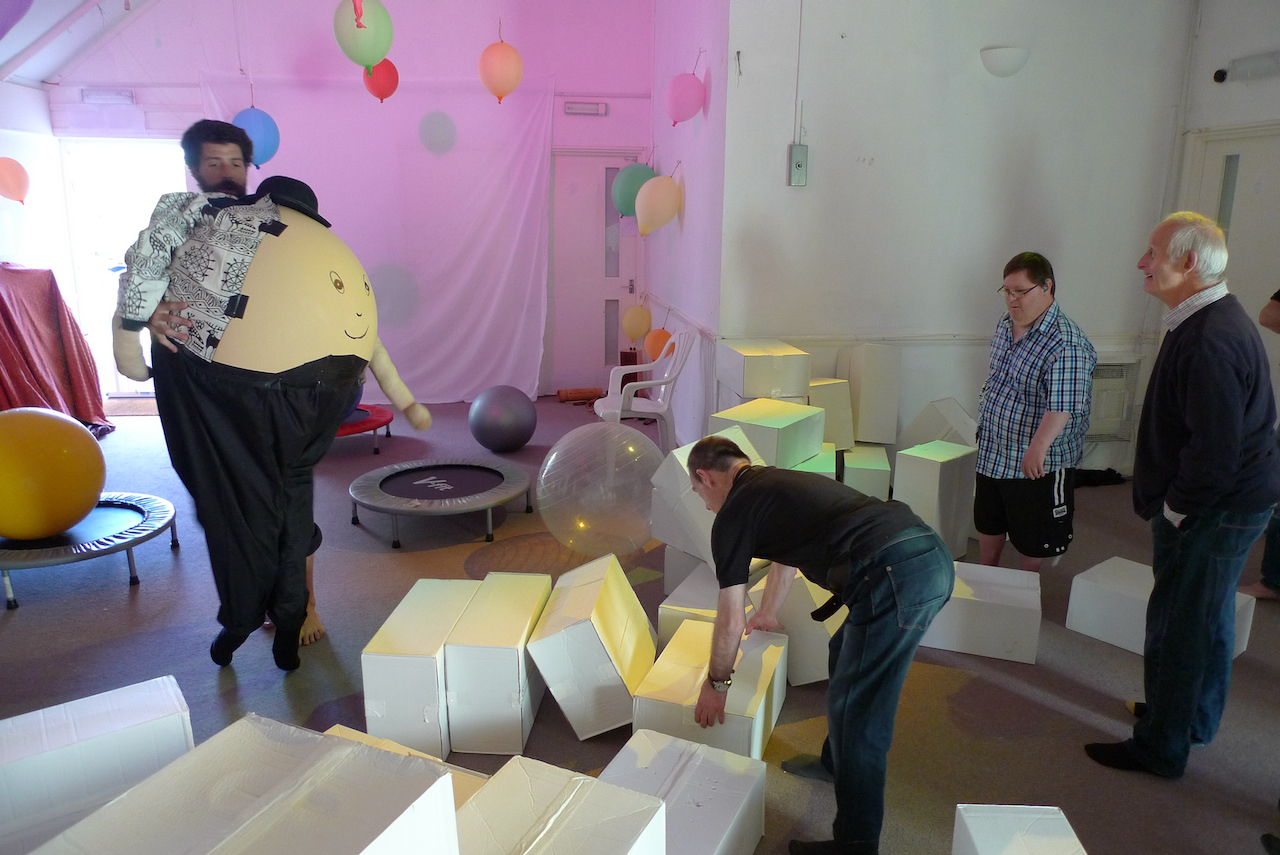

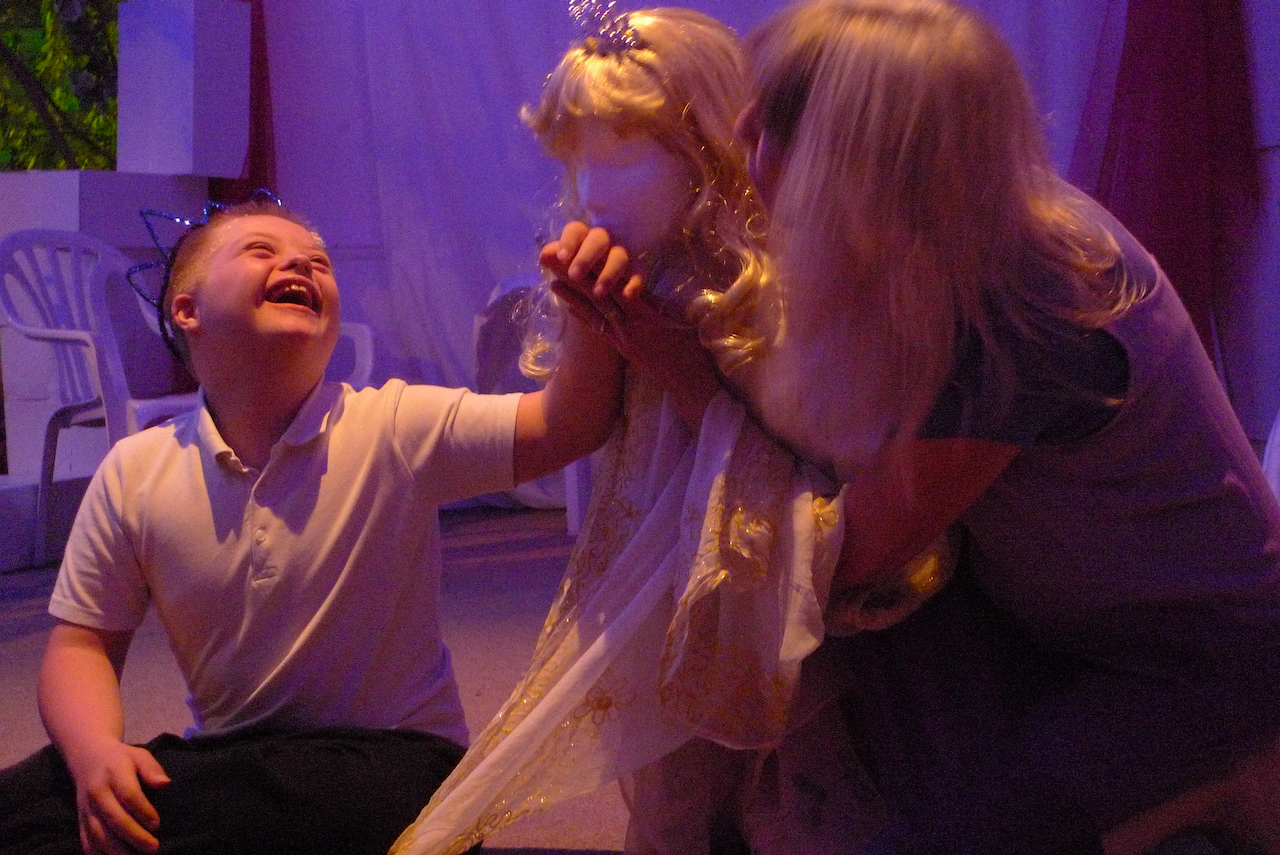
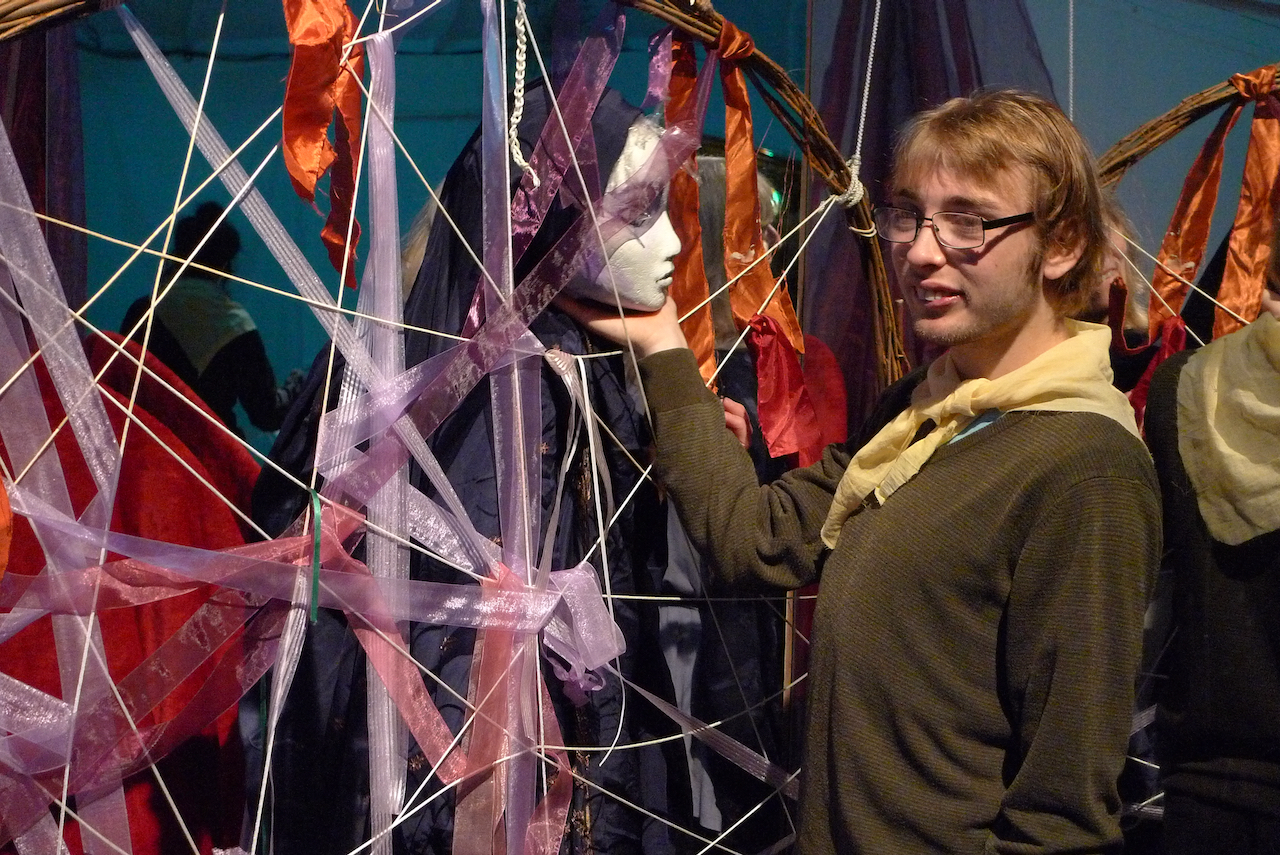
Clients will suspend their disbelief along with their anxieties, motivating
interactions that are otherwise too difficult for them in the real world. You can then build on this success until it generalises to life outside the workshop
